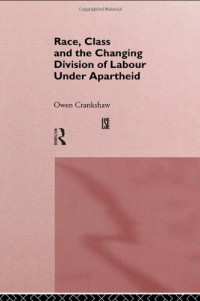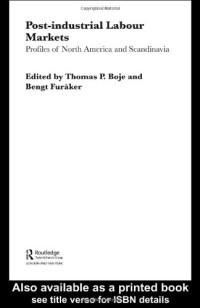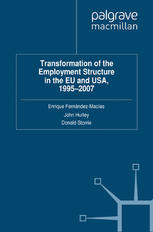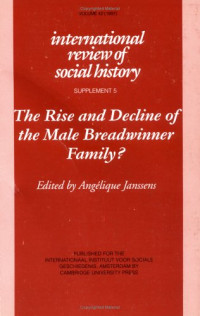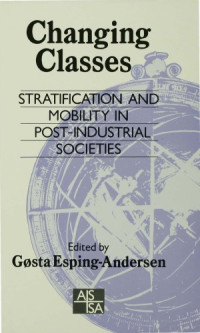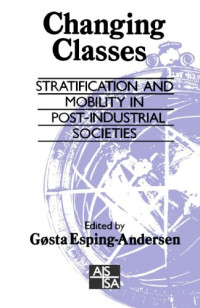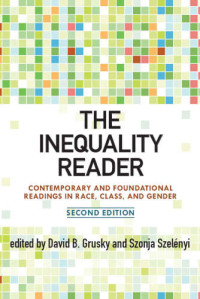
Postindustrial Cleavage Structures: A Comparison of Evolving Patterns of Social Stratification in Germany, Sweden, and the United States
Esping-Andersen G.
Статья. — The Evolution of Modern Stratification. VII. — С. 697-707.Over the last few decades, most labor movements in the Western capitalist democracies have experienced crisis and decline. Trade unions have been weakened in terms of their capacity for cohesive collective action and, in some cases, have suffered fragmentation and eroded membership. Except in the Mediterranean basin, the social democratic or labor parties have been facing (sometimes devastating) electoral decline, increased incapacity to forge governing coalitions, ideological flux and programmatic impasse, and frequently even de-composition. We can attribute these problems to a host of factors, but the ongoing transformation in the class structure must surely count as deci-sive. Virtually all labor movements emerged as a response to the rise of industrialism, and logically built their organizations, programs, ideology, and mobilization strategies on the image of the industrial mass-worker. However, what is distinctive of our epoch is the rapid, and even revolutionary, decline of the "Fordist" model of industrial mass production. Within the shrunken manufacturing economy, the organization and division of work is being recast; service employment is burgeoning and/or we find growing joblessness and mass unemployment.
Kategoriler:
Dil:
english
Dosya:
DOC, 131 KB
IPFS:
,
english0
 Amazon
Amazon  Barnes & Noble
Barnes & Noble  Bookshop.org
Bookshop.org  Dosyaları dönüştürün
Dosyaları dönüştürün Diğer arama sonuçları
Diğer arama sonuçları Diğer avantajları
Diğer avantajları 






